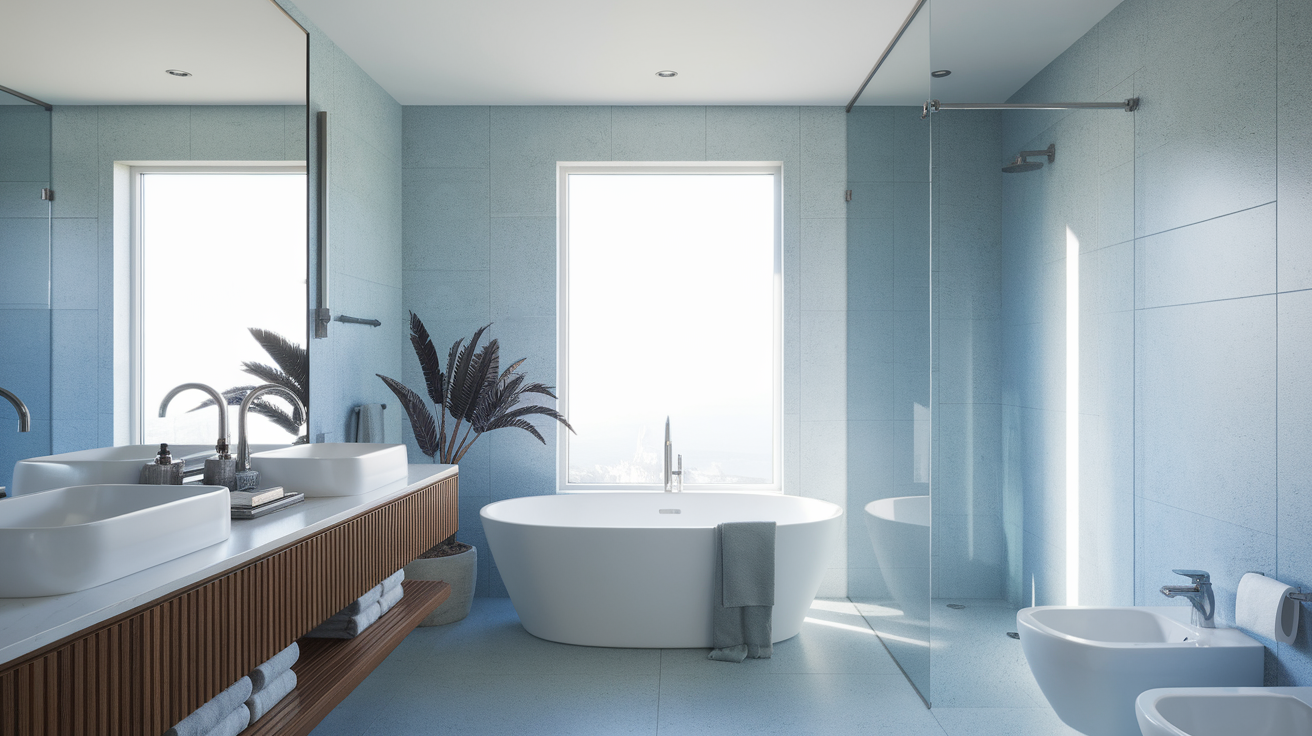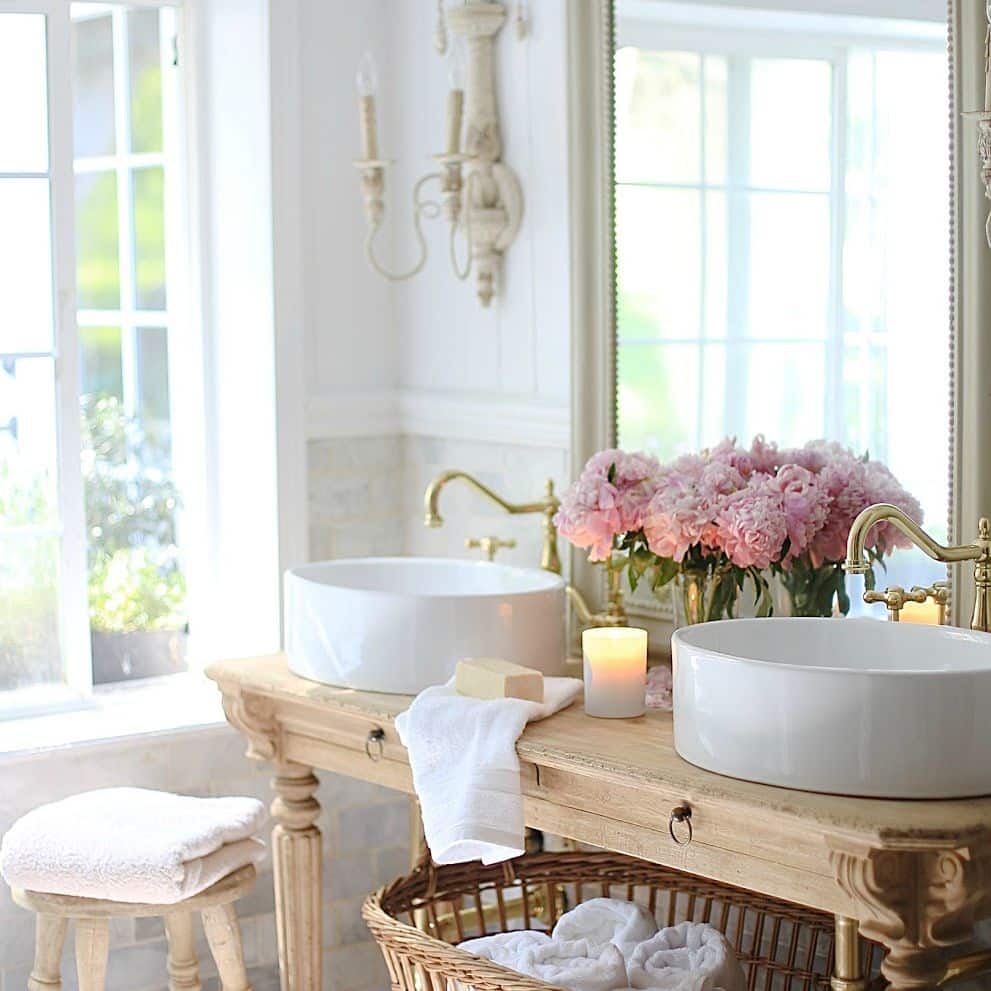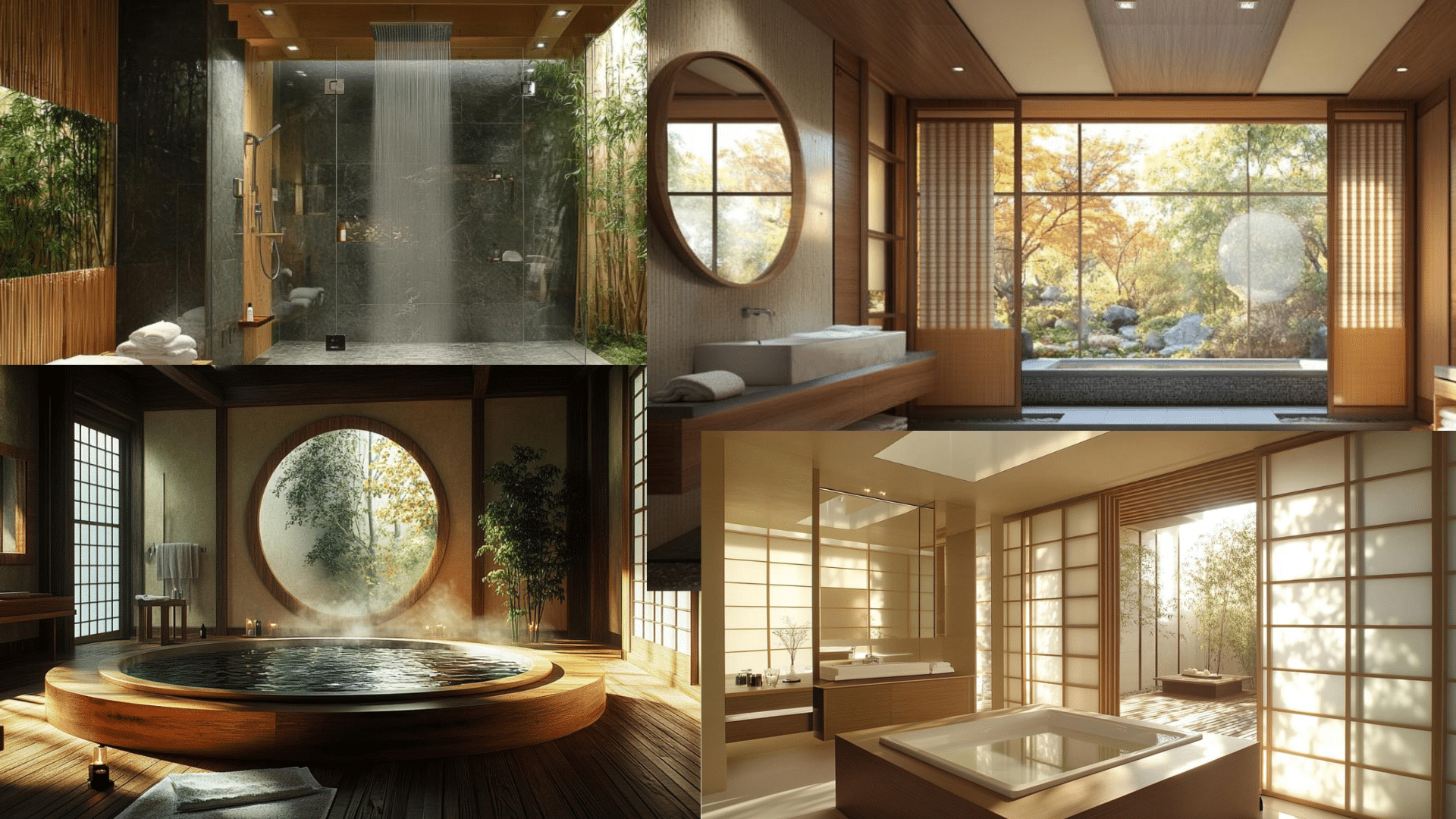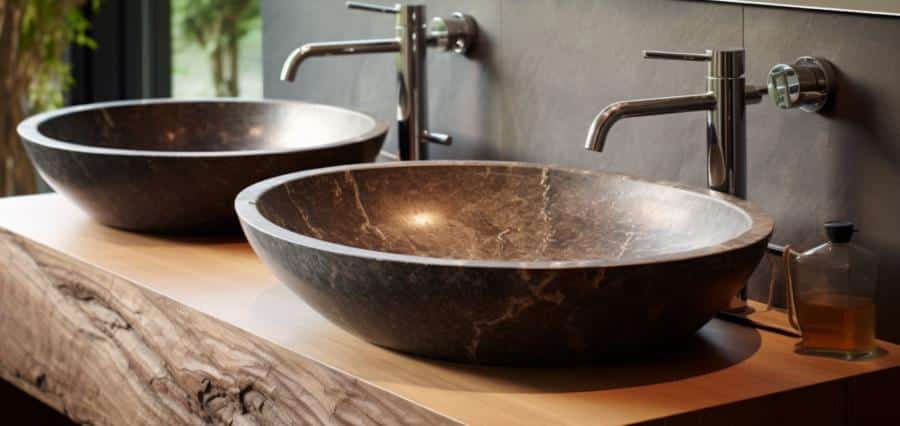The Ultimate Guide to Feng Shui Bathrooms: Balancing Aesthetics and Plumbing Efficiency
Balancing the aesthetics and plumbing efficiency of a bathroom can seem daunting, but incorporating Feng Shui principles can simplify the task.
By aligning the bathroom layout with strategic energy flow, one can create a harmonious environment that supports well-being and functionality. The crucial aspect of a Feng Shui bathroom is optimizing the flow of energy, or ‘chi,’ to promote health, happiness, and prosperity.
When designing a Feng Shui bathroom, consider the location, colors, and elements within the space. Proper placement of fixtures and thoughtful color choices can significantly enhance the room’s ambiance. Techniques such as using water elements to flush away negative energy are essential for crafting a sanctuary that fosters positivity and balance.
Principles of Feng Shui
By applying the principles of Feng Shui, one can create a balanced and harmonious bathroom environment, enhancing both its aesthetic and functional qualities.
The Five Elements
The concept of the Five Elements is fundamental to Feng Shui, focusing on Wood, Fire, Earth, Metal, and Water. Each element has unique properties and is represented by specific colors, shapes, and materials. In a bathroom, integrating these elements can promote balance and positive energy flow.
- Wood symbolizes growth and vitality, often represented by green plants.
- Fire can be subtly introduced through candles or warm lighting.
- Earth connects to stability and can be incorporated through stone or ceramic materials.
- Metal is associated with clarity and efficiency, typically found in fixtures like faucets and handles.
- Water naturally dominates the bathroom, symbolizing flow and purification.
By thoughtfully combining these elements, a bathroom can become a soothing and invigorating space.
Yin and Yang Balance
The Yin and Yang principle emphasizes balance and harmony between opposing forces. In a bathroom, achieving this balance means blending light and dark, soft and hard, and active and passive elements.
Yin represents calmness and relaxation. Utilize soft lighting, pale colors, and smooth textures to enhance Yin qualities. Yang, on the other hand, symbolizes energy and activity. Bright lighting, bold colors, and sleek materials add Yang characteristics.
A well-balanced bathroom will have a mix of both Yin and Yang elements. This might include soft towels and plants for Yin, combined with vibrant mirrors and metallic accents for Yang. Ensuring this balance helps create a pleasant and functional space where one can feel both rejuvenated and relaxed.
Designing the Bathroom

Designing a feng shui bathroom involves thoughtful color selection, an efficient space layout, and choosing the right materials. Each of these elements plays a crucial role in promoting energy flow and creating a balanced environment.
Color Selection for Harmony
Selecting the right colors can significantly influence the energy dynamics of the bathroom. Green is an excellent choice because it represents the wood element and promotes healing and support.
Blue can also be beneficial as it aligns with the water element, naturally abundant in the bathroom. Colors like soft white or pastel shades can create a calming effect, helping maintain a peaceful atmosphere.
Avoid using too many dark colors or excessive red, as these can disrupt balance. Incorporating plants or decor items in these colors can further enhance the desired energy flow.
Space Layout and Arrangement
The layout of the bathroom should promote an unhindered flow of chi. Keep the bathroom well-ventilated to prevent stagnant air by installing a reliable exhaust fan and keeping windows open when possible.
Placing the toilet away from the door is essential, as this prevents the immediate escape of energy. Mirrors can be strategically placed to reflect light and create a sense of space, but avoid positioning them directly opposite the door.
Ensure that essential items like towels, toiletries, and cleaning supplies are stored neatly to avoid clutter, which can hinder energy flow.
Material Choices and Textures
The texture and material of bathroom fixtures and decor also play a significant role in feng shui. Natural materials like wood and stone are excellent choices as they bring in earthy energy and create a balanced environment.
Glossy surfaces and metals can add vibrancy but should be used sparingly to avoid overpowering the space.
Wallpapers or tiles with vertical lines can create a feeling of upward movement, further enhancing energy flow. Introducing elements such as bamboo accessories or wooden cabinets can balance the dominant water element, making the space more harmonious.
Plumbing Considerations
Proper plumbing is crucial in creating a feng shui bathroom that balances aesthetics and functionality. Key elements include ensuring efficient water use and strategic placement of drainage systems. If you need help finding the right plumber to make this possible, click here.
Efficient Water Use
Water efficiency is paramount in a feng shui bathroom to maintain balance and harmony.
Installing low-flow fixtures such as toilets, faucets, and showerheads can significantly reduce water consumption. These fixtures not only conserve water but also support sustainability.
Dual-flush toilets offer flexibility in water usage, allowing users to choose between a low or high-volume flush. Additionally, aerators on faucets can reduce the flow rate without compromising water pressure.
Touchless faucets and showerheads can further minimize water waste by automatically turning off when not in use. These innovations help to maintain a seamless flow of water, which is essential for good feng shui.
Monitoring for leaks is also vital. Even small drips can disrupt the energy flow and waste substantial amounts of water over time. Regular maintenance checks can prevent these issues from arising.
Proper Drainage Placement
Correct placement of drainage plays a significant role in energy flow within the bathroom.
Drains should be strategically located to prevent water from pooling, which can lead to stagnant energy. Position floor drains near the center of the room or in sloped areas to guide water efficiently.
Bathroom sinks and shower drains should facilitate quick water removal. Properly angled pipes can assist in directing water flow towards the main drainage system without obstructions.
It’s essential to avoid placing drains directly in front of the bathroom door. This configuration can cause energy to “drain” out of the room, affecting the overall balance.
Venting systems should also be considered. Proper ventilation prevents moisture buildup and supports healthy air circulation, which is vital in maintaining balanced feng shui in the bathroom.
Transforming your bathroom with Feng Shui principles not only elevates its aesthetic but also boosts its practicality. With a harmonious balance between design and efficiency, your bathroom can serve as both a retreat and a functional space. Incorporating these ancient practices can create a serene and rejuvenating environment in your home.







